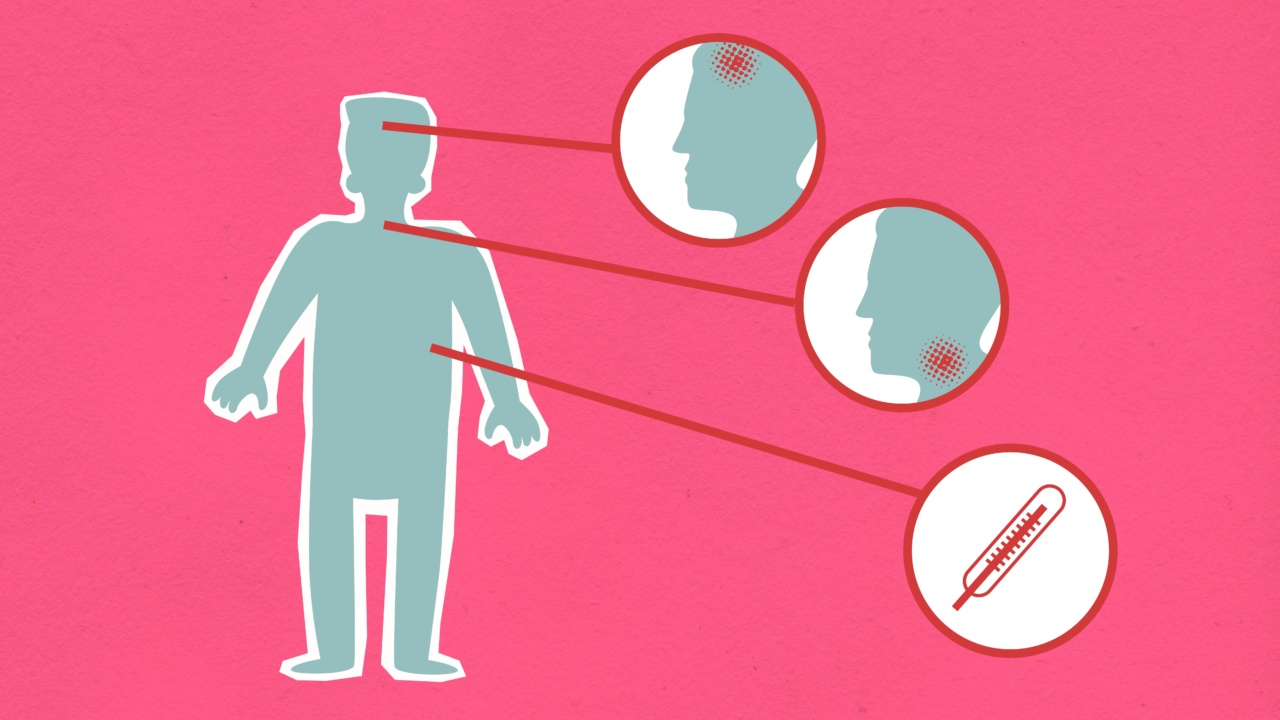Throat discomfort and pain are common symptoms experienced by many individuals throughout their lives.
It is often difficult to determine whether the cause of a sore throat is due to a regular viral infection or strep throat, which is caused by the bacteria Streptococcus pyogenes. Knowing the differences between these two conditions can help individuals seek appropriate treatment and prevent potential complications.
This article aims to guide you in identifying the characteristics that differentiate strep throat from a regular sore throat.
1. Overview of Sore Throat
A sore throat, also known as pharyngitis, refers to the inflammation of the throat.
It can be caused by various factors, including viral infections, bacterial infections, environmental irritants, allergies, and even gastroesophageal reflux disease (GERD). Viral infections are the most common cause of sore throats, and they typically resolve on their own within a few days without specific medical treatment.
2. Overview of Strep Throat
Strep throat, on the other hand, is specifically caused by the bacteria Streptococcus pyogenes. It is a highly contagious infection that primarily affects children and adolescents but can also occur in adults.
Unlike viral sore throats, strep throat requires medical treatment with antibiotics to prevent further complications.
3. Symptoms of Sore Throat
The symptoms of a regular sore throat can vary depending on the underlying cause. Common symptoms include:.
- Scratchy or itchy throat
- Pain or discomfort when swallowing
- Dry throat
- Hoarseness or loss of voice
- Mild cough
- Mild fever
These symptoms typically develop gradually and may be accompanied by a runny nose, nasal congestion, and sneezing in the case of a viral infection.
4. Symptoms of Strep Throat
Strep throat shares some symptoms with regular sore throats, but there are specific characteristics that can help differentiate it. The symptoms of strep throat include:.
- Sudden and severe sore throat
- Pain or difficulty swallowing
- Red and swollen tonsils, often with white patches or streaks of pus
- Tiny red spots on the roof of the mouth
- Swollen lymph nodes in the neck
- High fever (over 101°F or 38.3°C)
- Headache and body aches
- Nausea, vomiting, or abdominal pain (more common in children)
Unlike viral sore throats, strep throat symptoms tend to appear suddenly and are usually more severe. If left untreated, strep throat can lead to complications such as rheumatic fever and kidney inflammation.
5. Testing for Strep Throat
If you suspect you or your child may have strep throat, it is important to consult a healthcare professional for accurate diagnosis and appropriate treatment. The most common diagnostic method for strep throat is a throat swab.
During this simple and quick procedure, a healthcare provider uses a cotton swab to collect a sample from the back of the throat. The sample is then sent to a laboratory for testing.
The laboratory test, known as a throat culture or rapid strep test, checks for the presence of Streptococcus pyogenes. Rapid strep tests provide results within minutes, while throat cultures may take a day or two.
These tests help to confirm the presence of strep bacteria and guide treatment decisions accordingly.
6. Treatment for Sore Throat
In the case of a regular sore throat caused by a viral infection, treatment focuses on managing symptoms and promoting comfort.
Home remedies such as drinking warm liquids, using throat lozenges or sprays, and gargling with saline water can help relieve discomfort. Over-the-counter pain relievers, like ibuprofen or acetaminophen, can also provide temporary relief.
It is essential to rest, stay hydrated, and avoid irritants such as smoking or exposure to environmental pollutants. Additionally, using a humidifier or inhaling steam can help relieve throat irritation and maintain moisture in the airways.
7. Treatment for Strep Throat
Strep throat requires medical treatment with antibiotics to eliminate the bacteria, prevent complications, and reduce contagiousness. The most common antibiotics prescribed for strep throat include penicillin, amoxicillin, and cephalosporins.
It is crucial to complete the full course of antibiotics as prescribed, even if symptoms subside before completion. Failure to finish the prescribed antibiotics can lead to antibiotic resistance and recurrent infections.
Rest, adequate hydration, and over-the-counter pain relievers, such as acetaminophen or ibuprofen, can also be used in conjunction with antibiotics to manage symptoms and promote recovery.
8. Prevention of Sore Throat and Strep Throat
Preventing the occurrence of sore throats, including strep throat, can be challenging due to the various factors that can cause them. However, there are several measures individuals can take to reduce their risk:.
- Washing hands frequently with soap and water or using hand sanitizers
- Avoiding close contact with individuals who have a sore throat or are diagnosed with strep throat
- Practicing good respiratory hygiene, such as covering the mouth and nose when coughing or sneezing
- Not sharing utensils, drinking glasses, or personal items with others
- Keeping the immune system strong through a balanced diet, regular exercise, adequate sleep, and stress management
9. When to Seek Medical Attention
In general, most sore throats will resolve on their own within a few days without medical intervention. However, there are instances when medical attention is necessary:.
- If the sore throat persists for more than a week
- Severe pain or difficulty swallowing
- High fever (above 101°F or 38.3°C)
- Difficulty opening the mouth or breathing
- Presence of pus on the tonsils
- Enlarged lymph nodes in the neck
- Earache or severe headache
- Dehydration symptoms, such as decreased urination or dizziness
In the case of strep throat, it is important to seek prompt medical attention as treatment with antibiotics is necessary to prevent complications and reduce the risk of spreading the infection to others.
10. Conclusion
Distinguishing between strep throat and a regular sore throat can be challenging, as their symptoms may overlap.
However, paying attention to specific indicators such as sudden onset, severe throat pain, swollen tonsils with white patches, and high fever can be critical in identifying strep throat. If there is any doubt, it is best to consult a healthcare professional for accurate diagnosis and appropriate treatment.



























